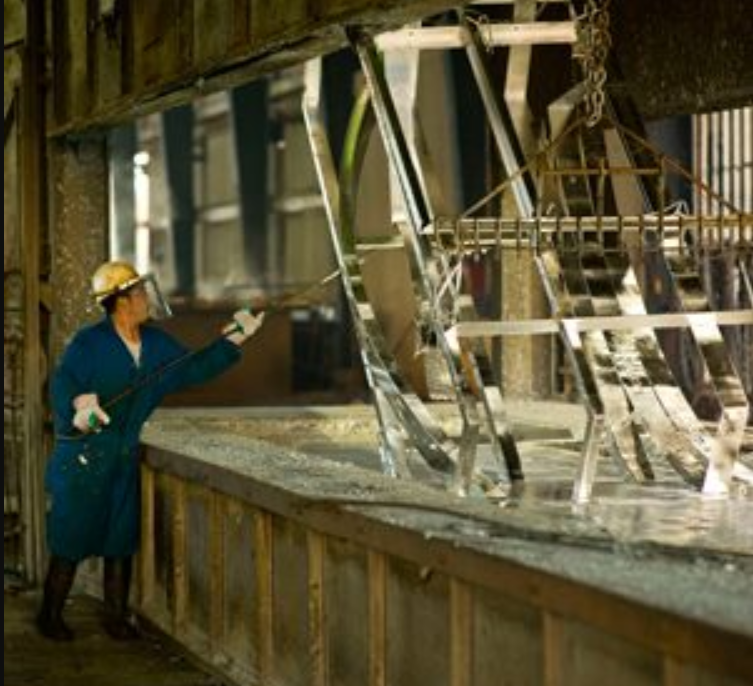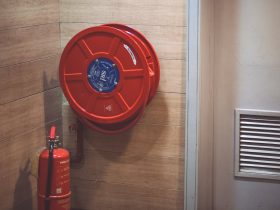Have you ever looked at something made of steel or iron, such as nails or an outdoor signpost, and wondered how they maintained their sheen for so long without rusting over? This means that the object was more than likely galvanized, a process in which the item is coated with zinc to prevent the
object from rusting quickly. This article will go over galvanization and its purposes.
Hot Dip
The most common method of galvanizing objects is called hot dip galvanization. This process involves immersing the steel or iron object into a bath of molten zinc. When this happens, the hot zinc bath interacts with the metal to form a protective coating on the outside of the object. This process is typically done at galvanizing plants where the hot dip method is performed efficiently and quickly.
Galvanizing Process
First, the metal object has to be properly cleaned before it can commence the hot dip process. This is a process in its own right to ensure effective galvanization. After the steel has been thoroughly cleaned, it is placed into the zinc bath, which is heated to a temperature of up to 860 degrees Fahrenheit. At this point, a diffusion reaction occurs, which is the method in which the steel is coated with zinc. This process usually takes less than ten minutes. Afterward, a post-treatment may occur to strengthen the zinc coating.
The Purposes of Galvanization
The main purpose of galvanization is to halt, or at least hinder the process of rusting. For example, if you are constructing something with nails or other metal components that will be exposed to the elements, using galvanized metal parts will keep the construction stable for considerably longer than otherwise.
Galvanization is a simple and effective process. By doing so, the structures you see in cities will retain longevity for decades.








Leave a Reply